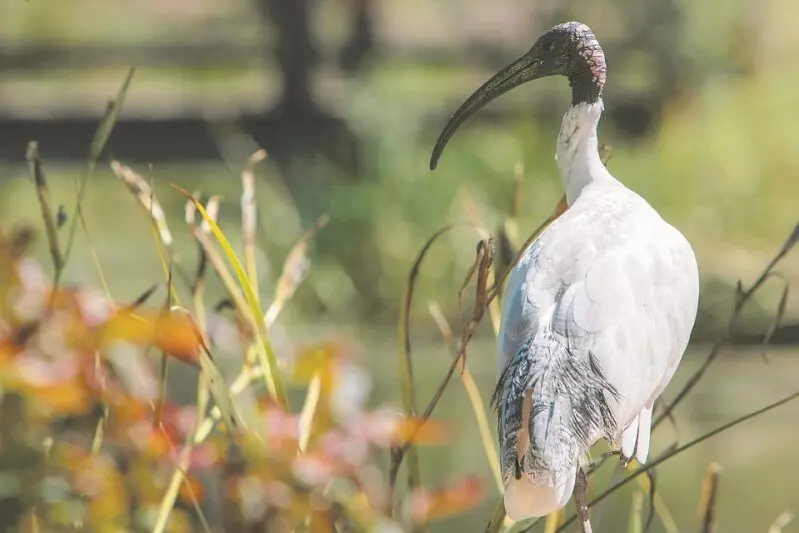PHOTO
Taronga Western Plains Zoo (TWPZ) is such a great place for twitchers (avian watchers); it seems almost unfair for it to be included in BirdLife Australia’s Aussie Bird Count.
As avid fans gear up for this week-long event running until Sunday, October 26, there’s no better place than TWPZ, to whip out the old binoculars and start counting, Senior Conservation Keeper Mark O’Riordan said.
“Taronga Western Plains Zoo is not just a zoo – it’s a living sanctuary where wild birds thrive, one of inland Australia’s true birding gems, right here in the heart of the Central West,” O'Riordan enthused.
“The Dubbo region is where east meets west, right at the transition from slopes and hills to the wide, open plains,” he added.
Birdwatching at Taronga Western Plains Zoo is accessible, with rich bird life able to be seen around the Savannah Lake from the comfort of Cafe Wild, and even in many of the exhibits alongside the zoo’s critically-endangered species from around the world.
“With grasslands, wetlands, and woodlands all converging, the zoo offers one of the richest bird habitats in inland NSW. A true hotspot for rare birds, including species you wouldn’t normally see on the coast,” O'Riordan added.
Species ranging from Apostlebirds, Australian White Ibises, Blue-faced Honeyeaters, Galahs, Sulphur-crested Cockatoos, and Superb Fairy-wrens are just some of the species that call the zoo home.
Eagle-eyed visitors could also spot Azure Kingfishers from Cafe Wild, or kites and eagles soaring overhead. Visitors have the option to walk, ride a bike, hire an electric cart or drive their own car around the five-kilometre, sealed one-way circuit road.
For those more adventurous visitors, the centre of the zoo also features walking trails through woodlands home to robins and parrots among other species.
Birdwatchers are encouraged to report their sightings to BirdLife Australia by registering for the Aussie Bird Count, or the global citizen science database eBird.
"Every sighting plays a role in monitoring populations, tracking migratory movements, and gauging the health of ecosystems,” Mark revealed.
“It also raises awareness of critically-endangered species such as the Plains-wanderer and Regent Honeyeater, both of which we are heavily-involved in through their recovery programs, while fostering a deeper connection between people and the wildlife around them.”
The pleasure in bird-watching provides many emotional and psychological benefits for adherents, Mark explained.
“Bird-watching is mindfulness in nature. It slows you down and helps you notice the little things all around you,” Mark said.
“It’s fun for all ages and while binoculars can be handy, they’re definitely not essential – you never know what you’ll see above your head or right at your feet at Taronga Western Plains Zoo!” he concluded.

